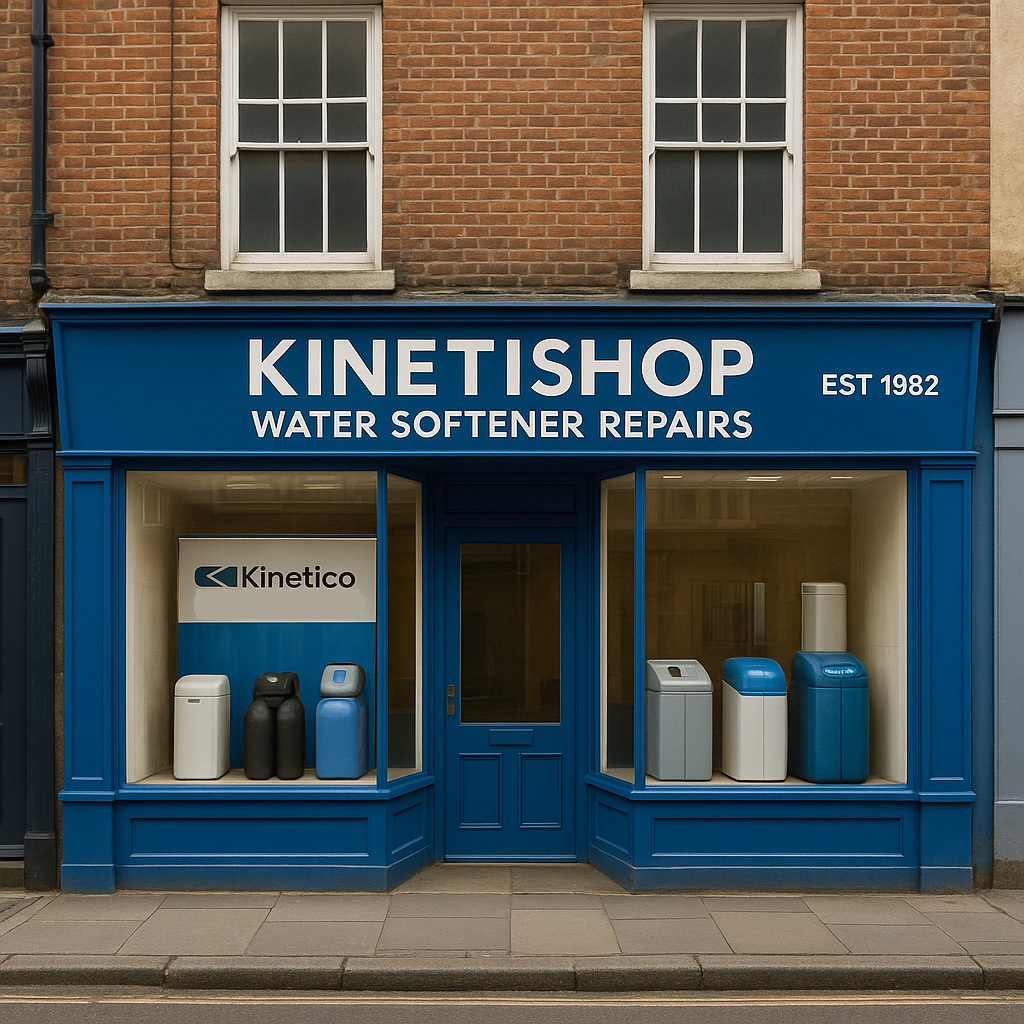Quad rings and O-rings are essential sealing components found inside water softeners, including Kinetico models. They are responsible for creating watertight seals between various connections, fittings, and components. Here’s an explanation of what quad rings and O-rings do inside a softener and common faults that can occur when the seals fail:
- Quad Rings: Quad rings, which have four sealing surfaces or lobes, are used in water softeners to provide effective sealing in applications where higher sealing efficiency is required compared to standard O-rings. They are often used in the control valve assembly and other critical areas of the system. Quad rings help ensure tight and reliable seals, preventing water leaks and maintaining proper water flow during different cycles of operation.
Common faults with quad rings:
- Wear and deterioration over time, leading to decreased sealing effectiveness.
- Improper installation or misalignment, resulting in inadequate sealing.
- Damage or distortion due to excessive force, improper handling, or chemical exposure.
- Incorrect size or compatibility, causing leaks or improper sealing.
- O-rings: O-rings are round elastomeric rings with a circular cross-section. They are widely used in water softeners for sealing applications. O-rings create a reliable and flexible seal between mating surfaces, preventing water leakage and maintaining system integrity.
Common faults with O-rings:
- Wear and degradation from regular use, exposure to water, heat, or chemicals, resulting in reduced sealing capability.
- Improper lubrication, leading to increased friction and accelerated wear.
- Incorrect size or compatibility, causing leaks or insufficient sealing.
- Physical damage, such as cuts, nicks, or tears, compromising the integrity of the seal.
When quad rings or O-rings fail, the following issues can arise in a water softener:
- Water leaks at connection points, fittings, or seals.
- Reduced water pressure or flow due to bypassing of water.
- Inefficient water softening or regeneration cycles.
- Contamination of the treated water with untreated or hard water.
- Improper functioning of the control valve assembly or other critical components.
.

